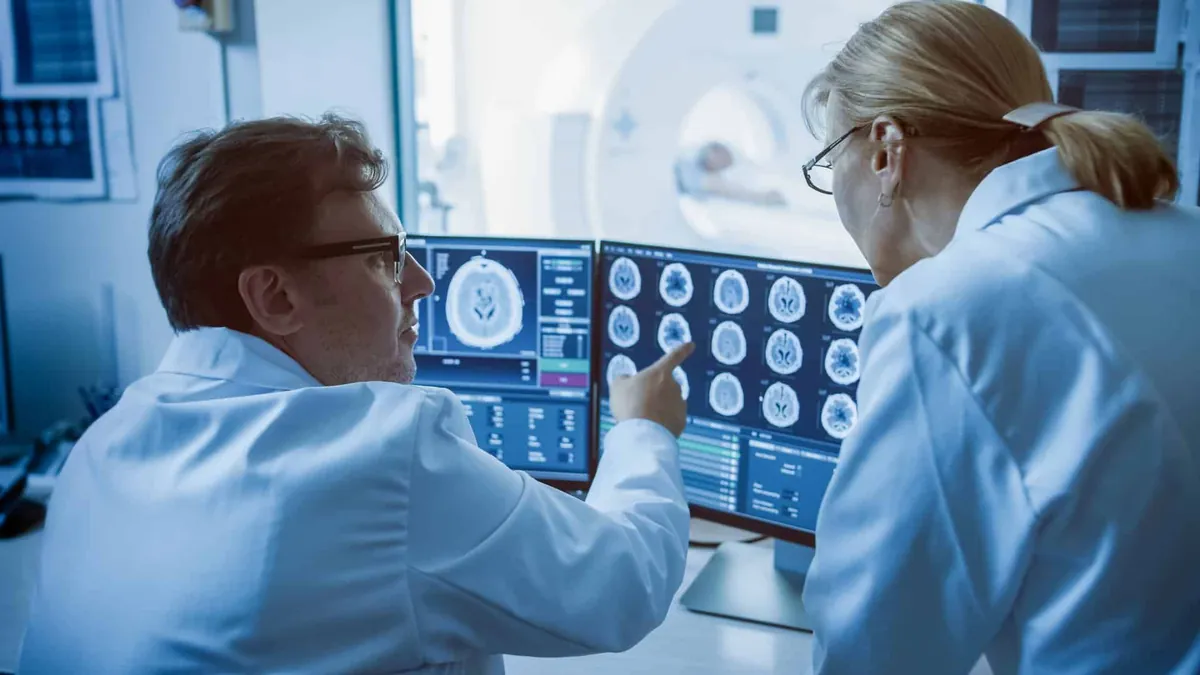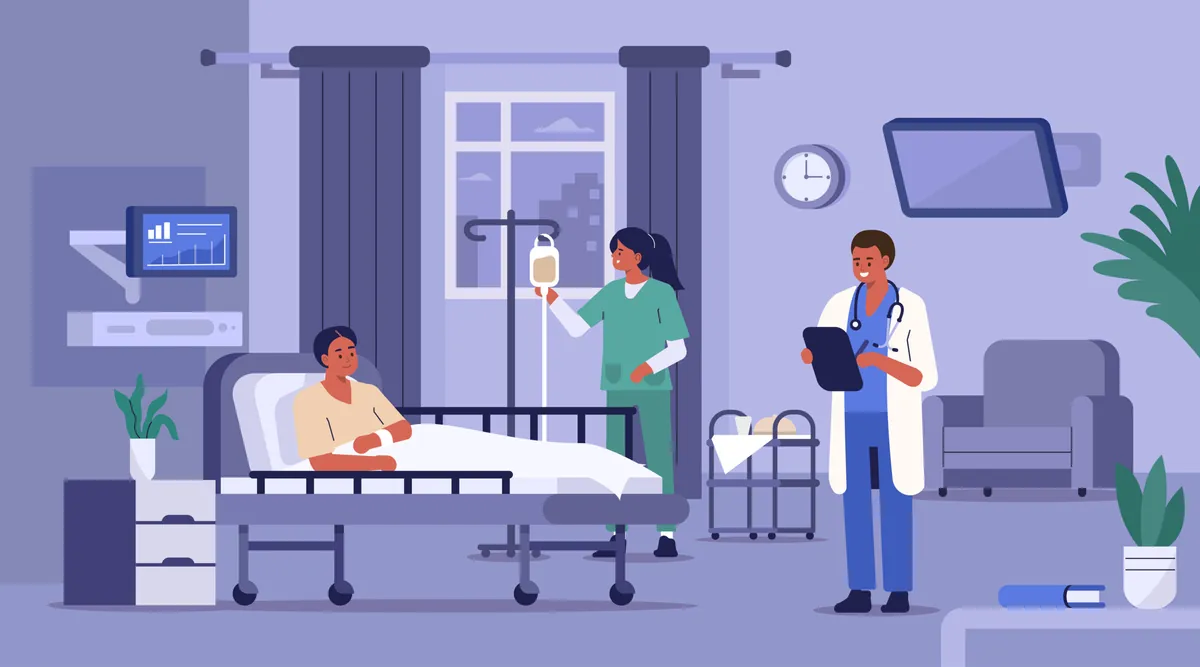
How are brain aneurysms treated?
Outlines the main treatment approaches for brain aneurysms, comparing coiling, clipping, and newer devices, and explains how doctors decide which option is best.
Features

Outlines the main treatment approaches for brain aneurysms, comparing coiling, clipping, and newer devices, and explains how doctors decide which option is best.

Understanding the differences between clipping and coiling for brain aneurysms and how to decide which treatment may be best for you.

Describes the role of lifestyle in preventing aneurysms and bleeds.

Covers what it means to be diagnosed with a brain aneurysm, the risks involved, and what patients can do to stay safe.

Explains the key symptoms of a brain aneurysm rupture, what unruptured aneurysms can cause, and when to seek urgent medical help.

Who should and should not be screened for brain aneurysms?

Are brain aneurysms inevitable or can you reduce your chances?

What to expect from aneurysm treatment, how surgical risks compare with endovascular options, and why many aneurysms are monitored rather than operated on.

What to expect when staying in hospital for treatment of a brain aneurysm.

What has changed in brain aneurysm treatment, and what the newest minimally invasive options mean for patients.